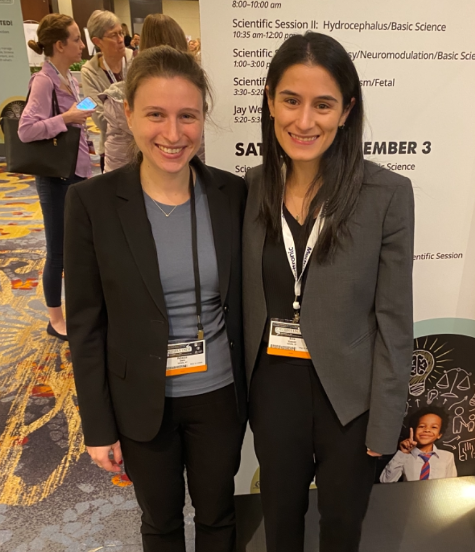Study Finds Children of Lower Socioeconomic Status Suffer Worse Outcomes After Traumatic Brain Injury
TBI is the Most Common Cause of Morbidity and Mortality Among Pediatric and Adolescent Patients

Traumatic brain injury (TBI) accounts for 50,000 pediatric hospitalizations annually in the United States and remains the most common cause of morbidity and mortality among pediatric and adolescent patients. A nationwide survey conducted by a group of New York Medical College (NYMC) students and faculty and physicians at Westchester Medical Center (WMC), a major NYMC clinical affiliate, demonstrated those with poor socioeconomic status suffered worse outcomes, including increased mortality, more complicated courses of treatment and longer hospital stays.
“This project recently published in Clinical Neurology and Neurosurgery adds to a growing body of literature showing that socioeconomic characteristics play a large role in the treatment course and outcomes of pediatric patients with traumatic brain injury,” said Sima Vazquez, School of Medicine (SOM) Class of 2024, who presented on the research at the Annual Meeting of the Section of Pediatric Neurological Surgery Conference in early December.
“Inadequate primary care, poor injury prevention strategies and deficient social support systems expose pediatric TBI patients of lower socioeconomic status to disparities that may have detrimental effects,” said Jose Dominguez, M.D., a senior neurosurgery resident at WMC who helped lead the study. “Families of lower socioeconomic status may also be disproportionately affected by the burden of care following a TBI, leading to delay in discharge as families may not be equipped to care for patients at home.”
For the study, the NYMC researchers utilized data from the Healthcare Cost and Utilization Project Kids Inpatient Database (KID) from 2016 to 2019 to analyze the demographic characteristics, post-TBI severity, insurance status, procedural interventions, complications and clinical outcomes of pediatric patients who presented with TBI.
“By using nearest neighbor propensity score matching, we were able to isolate the associations between certain variables,” said Vazquez. “Even when we controlled for age, demographics and injury severity, we still saw an increased likelihood in mortality, complications and length of stay for those from lower socioeconomic status. These findings set the stage for the next set of questions–why and what do we do about it?”
As a continuation of this research, Irim Salik, M.D., an anesthesiology attending physician at WMC and first author of the TBI study, is leading the creation of a Pediatric TBI Registry at WMC, so that pediatric TBI patients can be studied using precise granular data to better analyze the perioperative implications, intraoperative complications and postoperative sequelae.
“This institutional data will allow us to better examine the geographic and population-specific barriers this vulnerable population faces to propose protocols to help mitigate this disparity in the future,” said Dr. Salik.
Additional authors on the study include: Ankita Das, SOM Class of 2024; Alexandria Naftchi, SOM Class of 2024; Eric Spirollari, SOM Class of 2024; Galadu Subah, SOM Class of 2023; Alice Zhang, SOM Class of 2023; Jared Pisapia, M.D., assistant professor of neurosurgery; Carrie Muh, M.D., associate professor of neurosurgery and of pediatrics; and Dylan Stewart, M.D., associate professor of surgery and of pediatrics.
